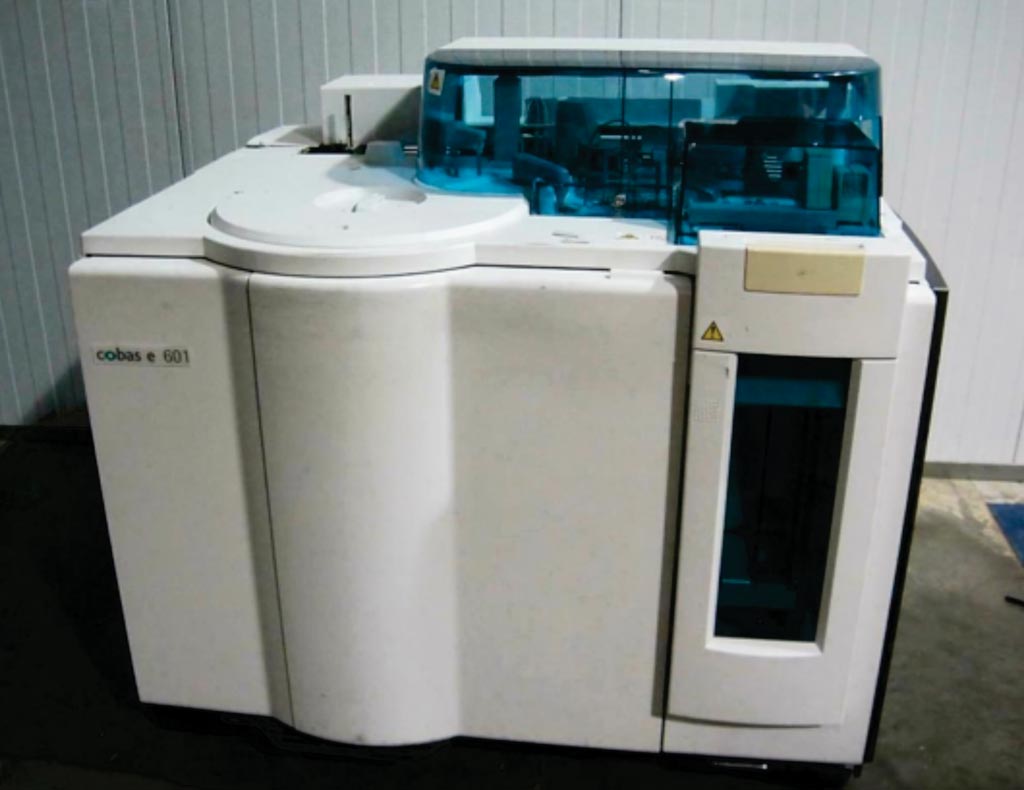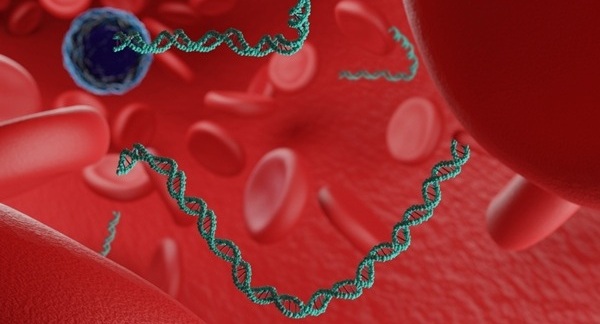Handling Procedures Affect Interleukin 6 Levels in Samples
By LabMedica International staff writers
Posted on 26 Oct 2019
Interleukin‐6 (IL‐6), a pleiotropic cytokine, is released by a variety of cell types such as immune cells, endothelial cells, and even certain tumor cells. It is a classic proinflammation cytokine which exhibits broad‐ranging biological activities by involved in the intricate cellular communication.Posted on 26 Oct 2019
Pre‐analytical variables for the test include blood collection tubes, specimen storage temperature and time, plasma or serum separation, and pretreatment steps. Studies have shown pre‐analytical handling steps can influence sample quality and analytical results. The fact that the half‐life of IL‐6 is short, degradation and production may occur simultaneously during storage under unseparated condition.

Image: The cobas e 601 is a fully automated analyzer that uses a patented electrochemiluminescence (ECL) technology for immunoassay analysis (Photo courtesy of Roche Diagnostics).
Medical Laboratory Scientists at the Southern Medical University (Guangzhou, China) collected EDTA plasma and serum samples from 45 healthy individuals. The participants were divided into three groups to perform different handling procedures. Different centrifugal timing, storage temperature, and time were executed on the samples. All samples were centrifuged at 1760 ×g for 15 minutes, but centrifugal timing selection was different in three groups. Serum and plasma IL‐6 levels were assayed through the electrochemiluminescence (ECLIA) method on Cobas e 601 analyzer. The changed trends of IL‐6 levels were analyzed.
The team reported that at baseline, while the paired plasma and serum IL‐6 values had a good correlation, the plasma levels were higher than serum. In general, the unseparated EDTA plasma kept steady with time. With the increase in storage temperature and time, a more pronounced rise in unseparated serum IL‐6 was observed. Nevertheless, the samples in the group, which was centrifuged and separated immediately kept stable after a different temperature and longtime storage.
The authors concluded that factors that affect changes in cytokine levels are various and incorrect sample handling procedures may result in false results. In general, unseparated EDTA plasma can keep IL‐6 steady for up to 24 hours. In not refrigerated conditions, unseparated serum is recommended to measure IL‐6 as soon as possible. Otherwise, the serum separation should be done. The study was published in the September 2019 issue of the Journal of Clinical Laboratory Analysis.
Related Links:
Southern Medical University













